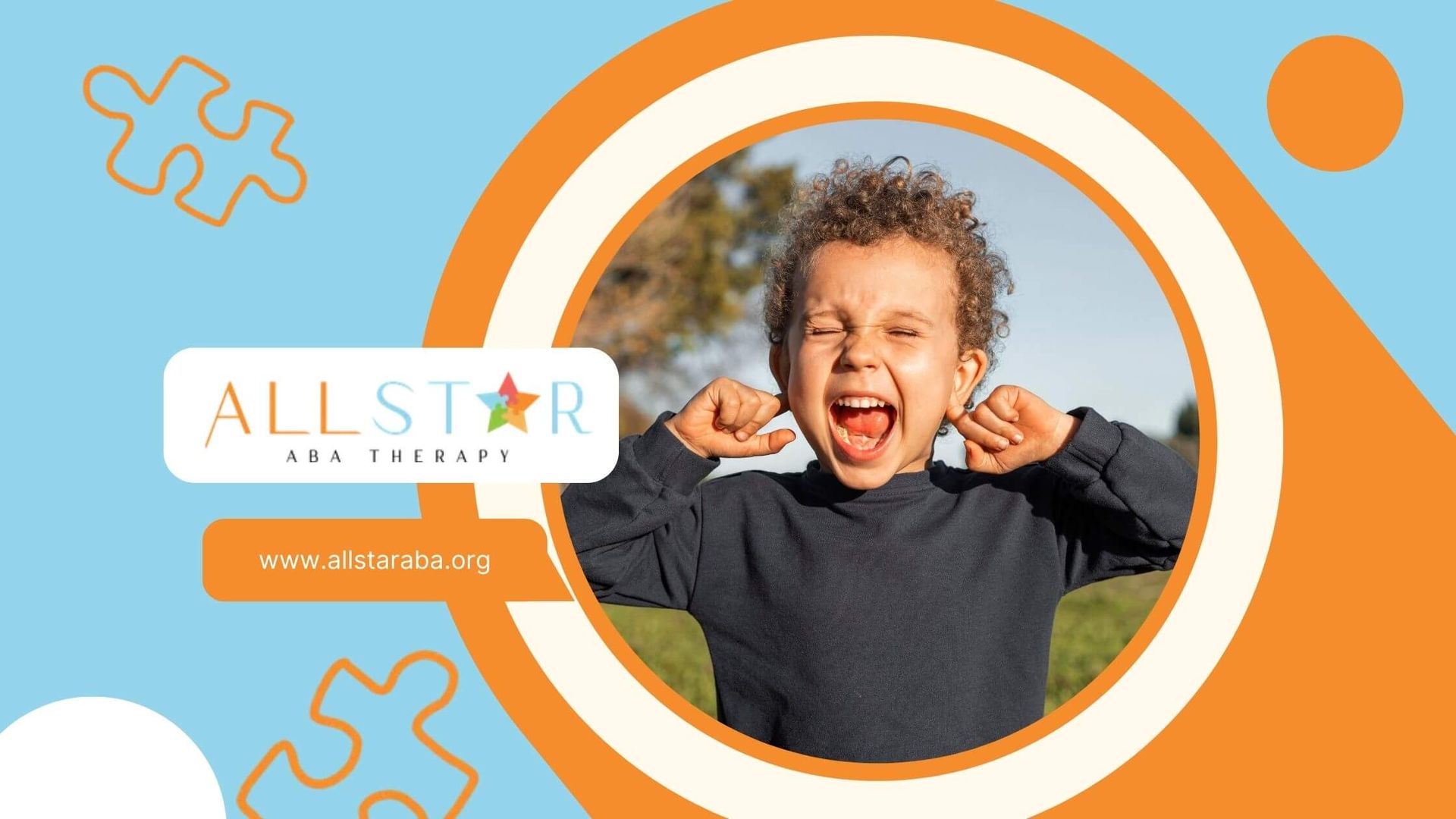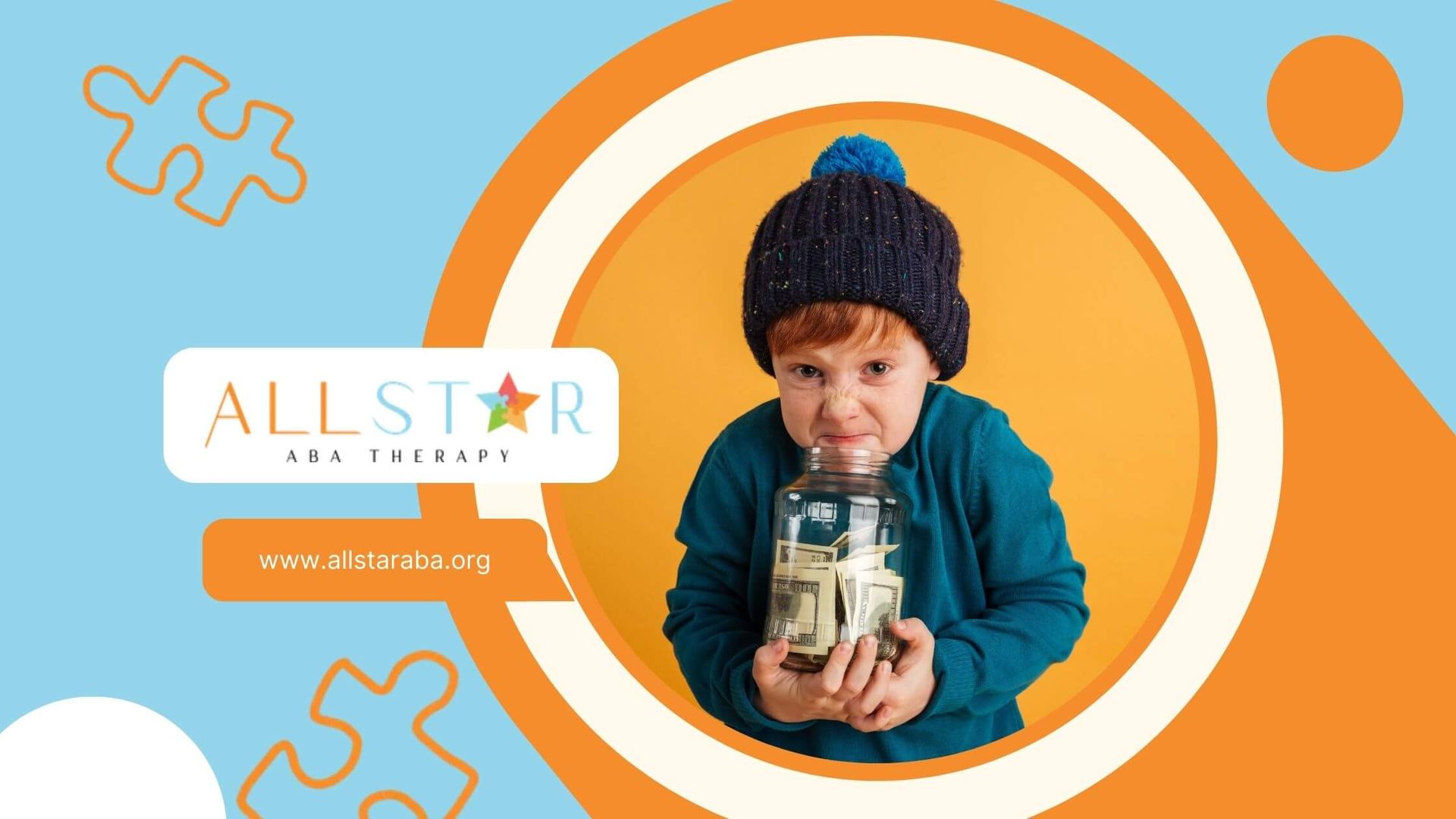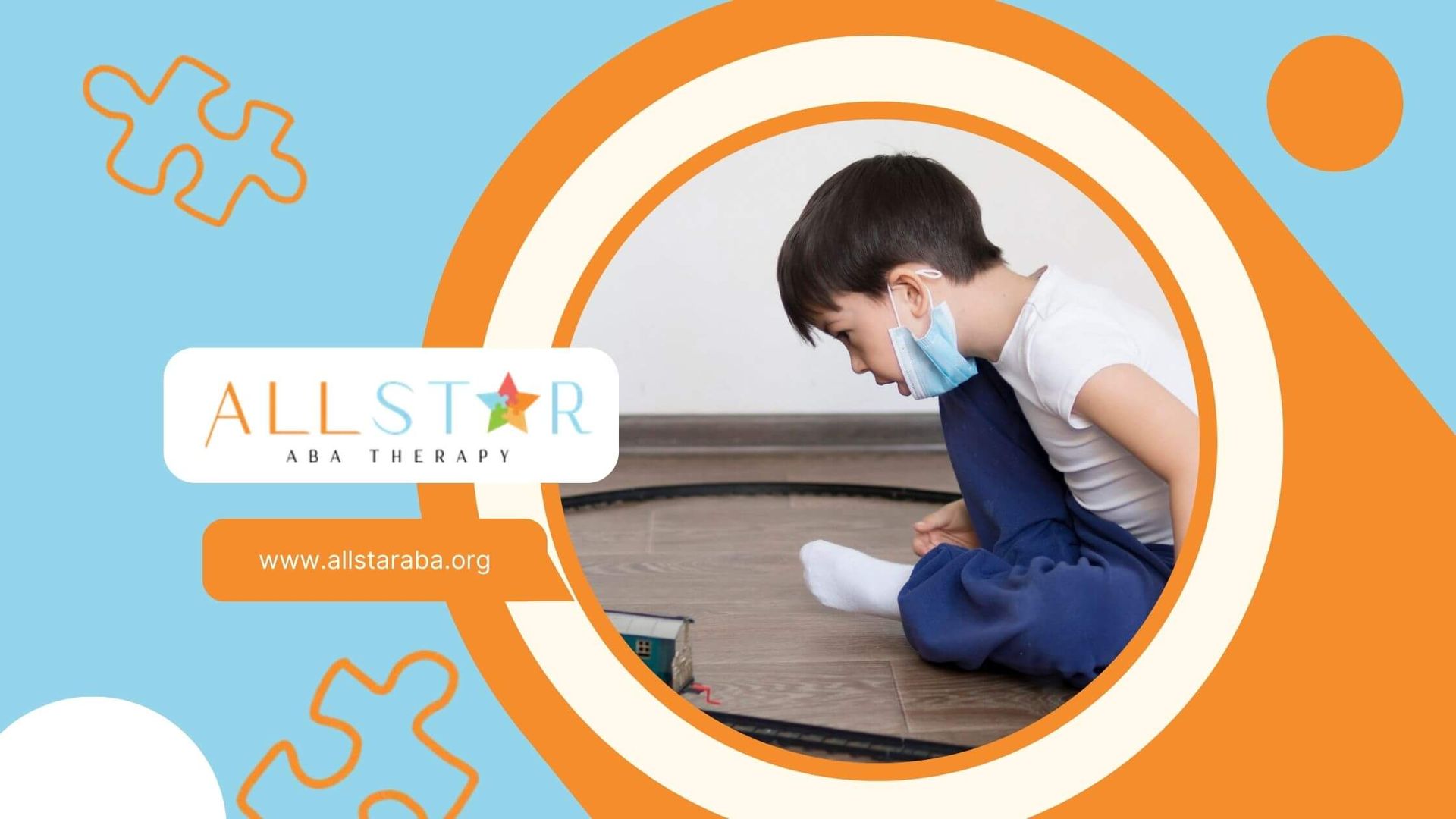New Paragraph
Mastering Dynamics: Advanced Social Skills Training for Autism
Understanding Autism Learning Styles
Understanding the unique learning styles of individuals with autism is crucial for implementing effective social skills training. This section discusses the importance of social skills training and the common challenges faced in social interactions for people with autism.
Social Skills Training Importance
Social skills training (SST) is an evidence-based approach that aims to improve social communication, interaction, and understanding in individuals with autism. It involves teaching a range of social skills and strategies to help individuals engage effectively with others. The importance of social skills training cannot be overstated, as it helps:
- Enhance community participation
- Build lasting friendships
- Improve overall happiness and well-being
Social skills groups, often led by special education teachers, speech pathologists, or clinicians, offer structured teachings and real-life practice opportunities. These groups follow commercially available social skills curricula that are tailored to the needs of individuals with autism.
Challenges in Social Interactions
Many children and adults on the autism spectrum struggle with social interactions due to difficulties in understanding social cues and norms. These challenges can be likened to learning a new language, where individuals must decode social "maps" that neurotypical people typically grasp more easily.
Common challenges include:
- Difficulty recognizing and interpreting nonverbal cues (e.g., facial expressions)
- Struggles with starting and maintaining conversations
- Uncertainty in navigating social situations
- Engaging in repetitive behaviors or fixations that might interfere with social interactions
| Challenge | Description |
|---|---|
| Nonverbal Cues | Difficulty in recognizing facial expressions, body language |
| Conversations | Struggles in initiating and sustaining dialogue |
| Social Situations | Uncertainty and anxiety in social settings |
| Repetitive Behaviors | Engagement in behaviors that may disrupt social interactions |
These challenges underline the necessity of personalized and targeted social skills programs that incorporate varied teaching methods and regular practice. For more information on how to address these challenges, consider exploring differentiated instruction for autism or strengths-based learning for autism.
Individuals with autism benefit significantly from personalized teaching stories presented visually, such as through a booklet or electronic device. These stories provide strategies for navigating social situations effectively. For further reading, our article on autism learning styles offers deeper insights into different approaches tailored to unique learning preferences.
Implementing Social Skills Programs
Implementing social skills programs is a crucial step for enhancing the social competence of individuals with autism. These programs are meticulously designed and executed by various professionals and are renowned for their structured teachings and real-life practice opportunities.
Professionals Leading Training
Social skills development programs for individuals with autism are usually spearheaded by a wide array of professionals. These can include special education teachers, speech pathologists, or clinicians. Each professional brings specific expertise to the table, ensuring a comprehensive approach to social skills training.
| Professional | Role |
|---|---|
| Special Education Teachers | Create individualized social skills curriculum |
| Speech Pathologists | Focus on verbal and non-verbal communication skills |
| Clinicians | Address behavioral and emotional aspects |
The PEERS Program Overview
The PEERS program at UCLA is a notable model for social skills training for individuals with autism. This program spans 16 weeks and covers a wide range of social skills topics, from relational skills to dating tips. The curriculum is meticulously structured and draws from evidence-based practices to ensure effective learning outcomes.
| Aspect | Details |
|---|---|
| Duration | 16 weeks |
| Key Topics | Relational skills, dating tips |
| Target Audience | Individuals with autism |
| Structure | Weekly sessions with peer interactions |
The program not only focuses on teaching social skills but also emphasizes the importance of practicing these skills in real-life situations. Participants engage in regular social interactions, which helps in reinforcing and solidifying the newly learned skills.
Benefits of Structured Teachings
Structured teachings in social skills training programs offer numerous benefits for individuals with autism. These benefits stem from the systematic approach employed by these programs, which ensure that each skill is broken down into manageable and understandable steps.
- Repetition and Consistency: Structured programs offer repeated practice, which is crucial for the retention of social skills.
- Peer Interactions: Regular interaction with peers provides real-life practice opportunities.
- Behavioral Adjustment: Programs like the PEERS model incorporate behavioral techniques that help in adjusting and improving social behavior.
For more information on autism learning styles and the importance of specialized instruction, visit our guide on differentiated instruction for autism. Additionally, explore the potential of technology-assisted learning for autism to enhance the accessibility and effectiveness of social skills training.
Strategies for Social Skills Development
Personalized Teaching Stories
Personalized teaching stories are a valuable tool for social skills training for autism. These stories use visuals and simple language to illustrate social situations, helping individuals with autism understand what to expect and how to navigate these scenarios effectively. Each story is tailored to the unique needs of the person, providing specific strategies to handle different social interactions.
Example of a Personalized Teaching Story
| Situation | Description | Visual Aid |
|---|---|---|
| Greeting a Friend | A story explaining how to say hello, make eye contact, and smile. | Picture of two people greeting each other. |
| Ordering at a Restaurant | Steps to choose a meal, ask the server politely, and say thank you. | Visuals of menu, server, and the food ordered. |
| Handling Disagreements | How to stay calm, listen to others, and express feelings politely. | Images depicting calm behavior and friendly talk. |
Effective Training Techniques
Various effective training techniques can be used to develop social skills in individuals with autism. These techniques include prompting and fading, reinforcement, and social stories.
- Prompting and Fading: This involves giving cues (verbal, visual, or physical) to encourage desired behavior. Gradually, these prompts are reduced to promote independent performance of social skills.
- Reinforcement: Positive consequences like praise or rewards following a desired behavior encourage individuals to repeat the behavior, solidifying their social skills.
| Technique | Description | Example |
|---|---|---|
| Prompting | Providing cues to encourage behavior. | Giving a visual cue to wave |
| Fading | Gradually reducing prompts to foster independence. | Lessening visual aids over time. |
| Reinforcement | Using praise or rewards to encourage repeated behavior. | Rewarding a successful greeting. |
Utilizing Role-Playing
Role-playing is an interactive method that allows individuals to practice social interactions in a controlled and supportive environment. This technique helps build confidence and competence in handling real-life scenarios, such as starting conversations or managing disagreements. Role-playing also provides a safe space for individuals to make mistakes and learn from them.
Benefits of Role-Playing
| Benefit | Description |
|---|---|
| Confidence Building | Preparing for real-life interactions, boosting self-assurance. |
| Skill Competence | Practicing social interactions improves competence and effectiveness in social situations. |
| Safe Learning Environment | Providing a space to make mistakes and receive constructive feedback. |
Role-playing scenarios can be designed to address specific social challenges encountered by individuals with autism.
By integrating these strategies—personalized teaching stories, effective training techniques, and role-playing—individuals with autism can develop essential social skills in a structured and supportive manner. Combining these methods with traditional and technology-assisted learning for autism can further enhance the learning experience and outcomes.
Importance of Social Skills Training
Developing social skills is paramount for individuals with autism, given its significant impact on multiple facets of life. Social skills training (SST) aims to enhance social competencies, fostering better interactions and fostering greater overall well-being.
Enhancing Community Participation
Participation in community activities is pivotal for fostering a sense of belonging and integrating into society. Individuals with autism often face challenges in social settings, making it difficult to engage in community activities. Social skills training helps to bridge this gap by teaching how to act and engage in various social scenarios. These engagements lead to increased confidence and autonomy among individuals with autism.
| Community Participation Benefits | Impacts |
|---|---|
| Improved Self-Esteem | Greater Confidence |
| Increased Social Interactions | More Community Involvement |
| Enhanced Emotional Regulation | Reduced Social Anxiety |
Building Friendships
Friendships are critical for emotional and social development. However, many individuals with autism struggle with initiating and maintaining friendships. Through structured teachings, SST addresses these challenges directly. It helps individuals learn crucial skills like greetings, sharing, and making eye contact. This training not only boosts their ability to interact with peers but also reinforces the quality and depth of their friendships.
| Social Skills Interventions | Friendship Outcomes |
|---|---|
| Role-Playing | Better Understanding of Social Cues |
| Social Stories | Enhanced Empathy and Social Awareness |
| Group Activities | Increased Peer Interactions |
Improving Happiness Levels
Happiness is often linked to social satisfaction and the ability to form meaningful relationships. SST tools like role-playing and personalized teaching stories help reduce social anxiety and improve interactions, contributing significantly to overall happiness. By effectively navigating social environments, individuals with autism can experience enhanced well-being and reduced feelings of loneliness.
| Emotional Benefits of SST | Impacts on Happiness |
|---|---|
| Reduced Social Anxiety | Increased Overall Happiness |
| Better Emotional Regulation | Enhanced Quality of Life |
| More Positive Interactions | Lower Feelings of Loneliness |
Understanding the importance of social skills training sheds light on why these programs are fundamental for individuals with autism. SST not only enhances community participation and friendships but also contributes positively to a person’s happiness.
Innovative Approaches in Social Skills Training
Advancements in technology have introduced novel methods to deliver social skills training (SST) for individuals with autism. Among these, Behavioral Intervention Technologies (BITs) have gained significant attention.
Behavioral Intervention Technologies (BITs)
Behavioral Intervention Technologies (BITs) encompass computer-based programs, avatars, and therapeutic robots. These innovative tools have been used to deliver SST interventions in a more engaging and accessible way. Recent evidence indicates that BITs-SST interventions can be as effective as traditional face-to-face methods. The effect sizes consistently ranged from medium to high, with BITs showing a mean effect size of g = 0.93, compared to g = 0.81 for face-to-face SST.
Comparing F2F-SST and BITs-SST
Comparing
Randomized Controlled Trials (RCTs) of face-to-face social skills training (F2F-SST) and BITs-based SST for children and adolescents with autism, no significant differences in effectiveness have been found. Both methods have demonstrated similar outcomes in helping individuals develop social skills. In fact, meta-analytic methods have shown that both F2F-SST and BITs-SST have comparable effectiveness, making BITs a viable alternative to traditional approaches.
| Method | Effect Size (g) |
|---|---|
| Face-to-Face SST (F2F-SST) | 0.81 |
| Behavioral Intervention Technologies SST (BITs-SST) | 0.93 |
Potential of Technology-Based Interventions
Technology-based interventions like BITs-SST offer several benefits that can address some of the barriers faced by traditional methods. These include alleviating financial stress, increasing access to treatment at lower costs, and providing practical solutions for parents with financial difficulties. BITs can serve as an alternative or adjunct treatment, especially valuable during circumstances requiring social distancing, such as the COVID-19 pandemic.
By exploring these innovative approaches, families and individuals with autism can benefit from a more diversified and accessible range of social skills training options.
Overcoming Barriers to Social Skills Training
Accessing Face-to-Face Interventions
Accessing face-to-face social skills training (F2F-SST) for individuals with autism spectrum disorder (ASD) often presents significant challenges. F2F-SST typically requires the availability of a qualified clinician, which can be hindered by a national shortage of autism service providers. This shortage disproportionately impacts minorities and individuals of lower socioeconomic status, making it difficult for some families to receive the necessary interventions.
Moreover, F2F-SST often demands substantial time and transportation commitments from families. Regular in-person sessions can be time-intensive, requiring parents to manage transportation logistics and take time off work. These barriers are further compounded during periods requiring social distancing, such as the COVID-19 pandemic, which limits the availability of in-person therapeutic interactions.
Benefits of Technology-Based Interventions
Technology-based social skills training (BITs-SST), including computer-based programs, avatars, and therapeutic robots, offers a viable alternative to traditional F2F-SST. Studies indicate that BITs-SST can be as effective as traditional methods in improving social skills. Evidence suggests that BITs and F2F-SST have similar effect sizes, with BITs-SST even showing a slightly higher effect size (g = 0.93) compared to F2F-SST (g = 0.81).
BITs-SST provides several advantages:
- Flexible Role-Play Scenarios: The interactive nature of BITs allows participants to engage in realistic role-playing activities, practicing social interactions in a safe environment. This flexibility can decrease social deficits and reduce anxiety during social interactions.
- Convenience and Cost-Effectiveness: Technology-based interventions can alleviate financial stress by reducing the costs associated with frequent in-person visits. They provide a practical and often cheaper solution for parents facing financial difficulties or work constraints.
- Adaptability During Crises: During the pandemic, BITs became crucial due to social distancing restrictions, allowing for continued social skills development without the need for physical presence. This adaptability highlights the importance of integrating technology into autism interventions.
Increasing Treatment Accessibility
Maximizing the accessibility of social skills training involves leveraging the strengths of BITs-SST to address the limitations of F2F-SST. Here are key benefits and strategies to consider:
- Broader Reach: By offering interventions through digital platforms, more individuals can access training regardless of geographical location. This is particularly beneficial for families living in rural or underserved areas where F2F-SST is less accessible.
- Scalability: Technology-based interventions can be scaled to serve larger populations without a proportional increase in cost or resource demand. This helps in managing the national provider shortage and ensuring more families can receive timely interventions.
- Enhanced Flexibility: BITs-SST can be scheduled at more convenient times for families, reducing the need to disrupt daily routines. This flexibility is especially valuable for working parents or those with multiple children.
| Intervention Type | Effect Size (g) | Cost | Accessibility |
|---|---|---|---|
| Face-to-Face SST | 0.81 | High | Limited |
| BITs-SST | 0.93 | Lower | Broader |
Utilizing a combination of traditional and technology-based methods can provide a more comprehensive approach to social skills training for autism. By exploring new methodologies and incorporating advanced technologies, access to social skills training for autism can be greatly enhanced, improving outcomes for individuals with autism and their families.
Final Thoughts
Developing strong social skills is essential for individuals with autism, enhancing their ability to connect with others, participate in their communities, and build meaningful relationships. By utilizing structured programs, personalized teaching stories, and innovative technology-assisted learning, we can create supportive environments for social growth.
At All Star ABA, we are committed to helping individuals with autism develop essential social skills through evidence-based strategies and personalized support. Contact us today to learn more about our tailored ABA programs and how they can benefit your loved one!
Sources:
- https://www.autismspeaks.org/social-skills-and-autism
- https://www.ncbi.nlm.nih.gov/pmc/articles/PMC9788721/
- https://www.ncbi.nlm.nih.gov/pmc/articles/PMC7670840/
- https://www.semel.ucla.edu/peers
- https://pmc.ncbi.nlm.nih.gov/articles/PMC6235704/
Need Support?
We're Here to Help!
Our experienced team is ready to assist you. Reach out today to discuss how we can support your child's development and well-being.
Get started with expert ABA therapy today.








